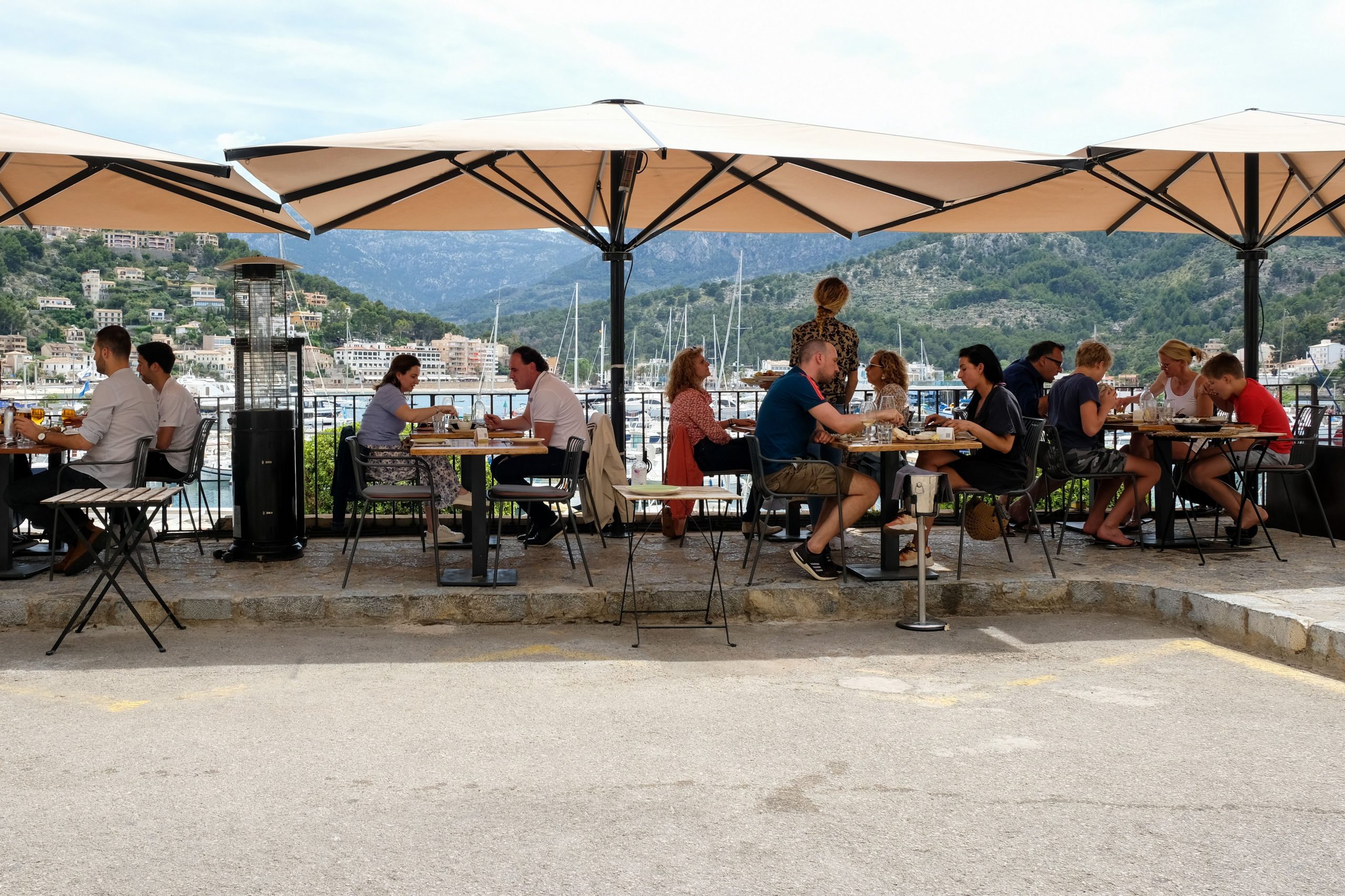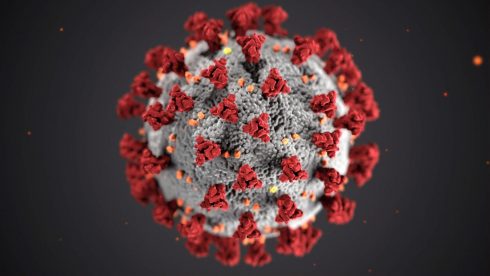SPAIN’S government has introduced a new traffic light system that will determine restrictions in place based on the infection rates in each territory.
The traffic light system was unveiled on Wednesday following a meeting between the Spanish Health Ministry and regional authorities and will be in place until 70percent of the population are vaccinated, a target set to be reached by the end of August.
The system which will apply to municipalities with populations above 10,000 inhabitants recommends different restrictions depending on the infection rate and with hospital occupancy taken into account.
The risk categories are divided into extreme, high, medium, low and new normality and these will determine rules governing nightlife venues, entertainment events and restaurant occupancy.
This chart produced by El Pais shows the risk levels based on epidemiological data:
It means that in the lowest infection areas, nightclubs could remain open until 3am and up to ten people will be allowed per table on a restaurant terraza.
“A gradual and progressive return to normality is needed. Lessons must be learned”, the health minister, Carolina Darias, told journalists.
But it will be up to each regional government to impose the rules, although according to the Health Minister, the agreement is binding.
Under the new rules, nightclub establishments in low risk and new normality areas will be able to open with a maximum capacity of 50 percent indoors and full capacity outdoors. Six people are allowed in a group indoors and 10 outdoors but they must be served at a table and remain socially distanced. Closing time will be at 3am at the latest.
However it has not been made clear whether dance floors will be allowed and the social group – which is capped at a maximum of six people inside – has to remain masked, according to local media.
In medium risk areas, closing time is brought forward to 2am with capacity limited to a third inside.
While in high and very high risk areas, these places will not be allowed to open.
Bars and restaurants will have to close by 1am (last orders at midnight) in new normality and low risk zones with six people can sharing a table inside, and 10 outside.
In medium risk zones capacity inside will be limited to one third while terrazas can be filled to 75% with six people per table both inside and out.
In high risk areas, interiors will be closed but terrazas can operate on the same terms as medium risk.
But in very high risk outdoor areas will be capped at 50 percent capacity and with limited opening hours and a maximum of four a table.
If infection rates are seen to be rising and exceed 500 cases per 100,000 inhabitants over 14 days, then establishments must close, only offering takeaway or delivery.
Spain’s overall infection rate fell to 118.5 cases per 100,000 on Wednesday, nearly halving since the end of April, but only the Balearic Islands, Valencia Community and the North African enclave of Ceuta meet the sub-50 requirement and fall into the lowest risk category.
Here is the latest chart from the Spanish Health Ministry showing the infection rates in each region:

According to the latest figures published by Spain’s Health Ministry, nearly 40 percent of the population (18,426,204 people) in Spain have already received their first dose of a Covid-19 vaccine – 38.8% of the population.
While 9,679,187 people, or 20 percent of the population, have completed their vaccinations and now have full protection.
READ ALSO:
- EXPLAINER: Four new major rule changes in COVID-19 restrictions for the Costa Blanca and Valencia areas of Spain
- LISTED: 17 municipalities in Spain’s Malaga at extreme risk of COVID-19—with Antequera Health District back to level 2 alert
Click here to read more Spain News from The Olive Press.








